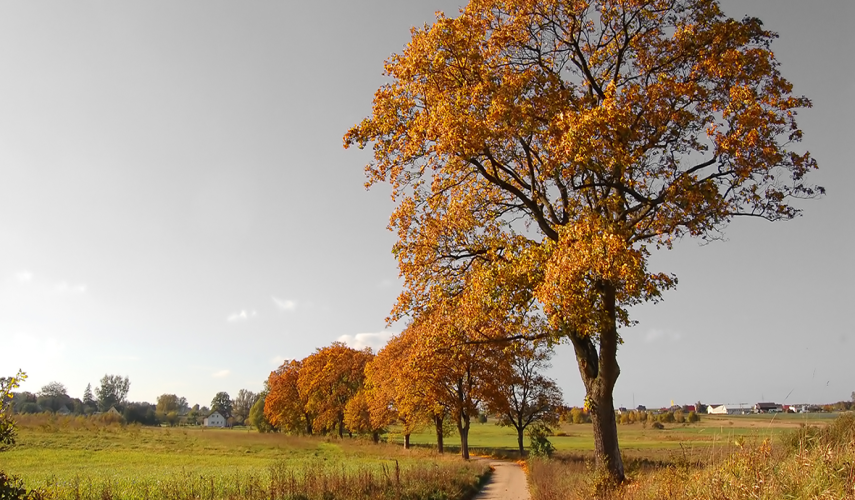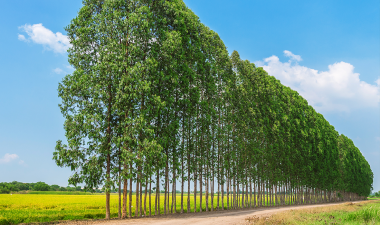Overview of the Oak Plantation Milestone
The oak plantation in the United States has reached a major milestone, showcasing the viability of sustainable tree farming as a profitable and environmentally responsible investment. Nestled in the fertile soils of the Appalachian region, this plantation has been dedicated to cultivating high-quality oak trees, prized for their durable timber and ecological significance. The project has flourished, delivering excellent growth rates, significant ecological benefits, and impressive financial returns.
Utilizing sustainable forestry practices, such as controlled thinning, mixed-species planting, and organic soil management, the oak plantation has not only enhanced forest health but also positioned itself as a leader in sustainable timber production.
Returned Profit: A Resilient Investment
The oak plantation has demonstrated exceptional financial performance, achieving a returned profit margin of 20-30% over the past year. This growth is driven by the increasing demand for sustainable oak timber, known for its strength, durability, and aesthetic appeal. Investors have enjoyed stable and attractive returns, reinforcing the plantation’s reputation as a robust and resilient investment in sustainable forestry.
“With a returned profit margin of 20-30%, the oak plantation exemplifies how sustainable forestry can yield significant financial gains while contributing to environmental conservation.”[1]
Investment Statistics and Growth Performance
The oak plantation has drawn a wide range of investors, from green investment funds to private individuals who value both profit and environmental stewardship. The initial investment funded the planting of 300 hectares of oak trees, with a current average growth rate of 2 meters per year. Over the past year, the plantation’s revenue has increased by 40%, fueled by a growing market for high-quality, sustainable oak timber.
The plantation has reinvested 30% of its profits to expand its cultivation area, enhance forest management techniques, and develop new markets for oak products, ensuring long-term growth and diversification.
Enhancing Biodiversity and Community Involvement
Beyond its financial success, the oak plantation plays a crucial role in promoting biodiversity and supporting local communities. The plantation incorporates mixed-species planting, creating a diverse forest ecosystem that supports wildlife and enhances ecological resilience. It also practices selective logging and uses organic methods to manage soil health and prevent erosion, contributing to the overall health of the ecosystem.
Furthermore, the plantation supports local communities by creating jobs and providing training in sustainable forestry, boosting the regional economy and fostering a culture of environmental stewardship.
Future Plans and Sustainable Expansion
Building on its current success, the oak plantation plans to expand its operations by 50% over the next five years. This expansion will involve planting additional oak trees, as well as other native species, to further enhance biodiversity and forest health. The plantation is also exploring new opportunities in value-added products, such as sustainable oak furniture and flooring, to increase market reach and profitability.
With continued commitment to sustainable practices and community engagement, the oak plantation is poised to become a model of sustainable forestry in the United States and beyond.
Join the Path to Sustainable Growth
The success of the oak plantation in the United States is a compelling example of how sustainable forestry can offer both financial rewards and ecological benefits. As the plantation continues to grow and innovate, there are ample opportunities for new investors, partners, and advocates to join this journey.
Be a part of this impactful venture by investing in the future of sustainable forestry. Support the expansion of the oak plantation and contribute to a greener, more prosperous world.






